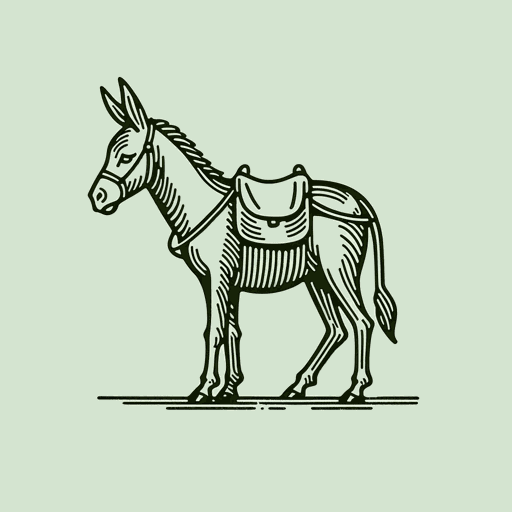41 pages • 1 hour read
ApuleiusThe Golden Ass
Fiction | Novel | Adult | Published in 159A modern alternative to SparkNotes and CliffsNotes, SuperSummary offers high-quality Study Guides with detailed chapter summaries and analysis of major themes, characters, and more.
Symbols & Motifs
The Ass
Not for nothing is Lucius transformed into an ass: The symbolism fits him just right. The donkey has long represented stubborn persistence, lowliness, foolishness, brutishness, and hard work—qualities the pleasure-loving upper-class Lucius must either embrace or admit to during his ordeal. But with its long, sensitive ears, the donkey is also a listener. As Lucius remarks, donkeys get to hear all kinds of stories that humans miss. The story’s donkey imagery thus underlines that Lucius’s metamorphosis isn’t just a freak accident, but a humbling education: Being a donkey “render[s him] well-rounded, if not wise” (195). As a donkey, he gains knowledge of both the world and his own nature.
The Statue of Diana
The astonishing statue of Diana and Actaeon that decorates Byrrhena’s foyer foreshadows Lucius’s entire story: It represents a human’s magical metamorphosis into an animal, reflects the transformative power of art, and suggests that moon goddesses are not to be trifled with! As a fiction that brings strange truths to life, this statue echoes The Golden Ass—but its perfection counterintuitively makes a subtle case for the superior power of storytelling among the arts. The statue’s intense-but-fantastical
Featured Collections
9th-12th Grade Historical Fiction
View Collection
Allegories of Modern Life
View Collection
Ancient Rome
View Collection
Animals in Literature
View Collection
Art
View Collection
Coming-of-Age Journeys
View Collection
European History
View Collection
Fantasy
View Collection
Laugh-out-Loud Books
View Collection
Mythology
View Collection
Pride Month Reads
View Collection
School Book List Titles
View Collection


